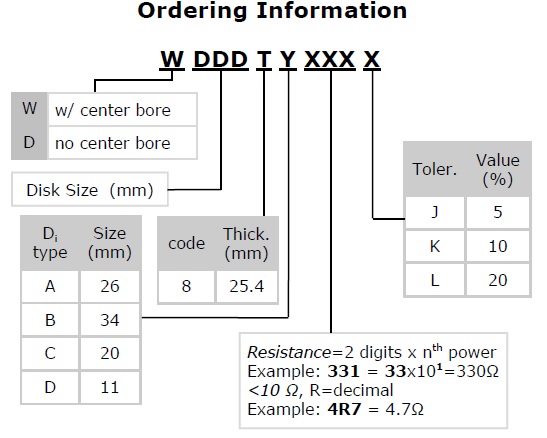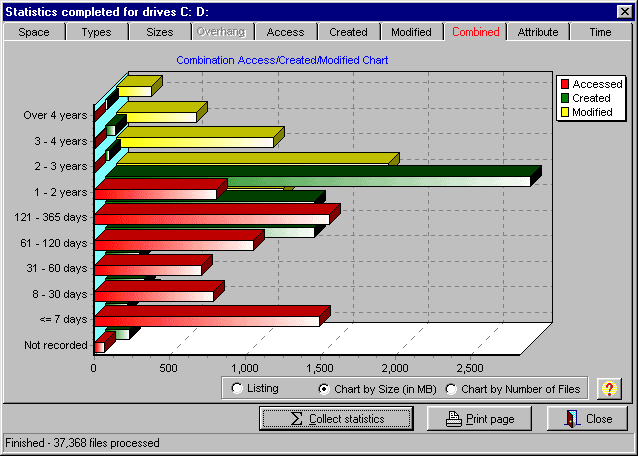

This reserved memory area is called Buffer Pool. SQL Server reserves an area on the memory to itself, and this area uses to cache data and index pages to reduce the disk activities. The following wait types can indicate I/O problems, but these wait types do not suffice to decide any problem on the disks.Īt first, we will briefly describe these wait types and their relations to the I/O problems. Wait types give very useful information for SQL Server troubleshooting.


Otherwise, we can waste time dealing with irrelevant issues or discussing the issues with system or storage administrators unnecessarily. Misconfigured or malfunctioning disk subsystemsĪpplications that generate redundant I/O activitiesĪnalyzing the symptoms should be a major principle to clarify the underlying reason that causes the I/O issues on SQL Server. Generally, the underlying reasons for the I/O problems can be: Detecting and identifying I/O problems in SQL Server can be a tough task for the database administrators (DBAs). The storage subsystem is one of the significant performance factors for the databases.

#Average disk graph how to#
In the cluster view, the graph shows the 10-second average of the number of network bytes sent per second by all processes, including CockroachDB, across all nodes.In this article, we will discuss how to resolve I/O problems that is a very important point for the SQL Server troubleshooting. In the node view, the graph shows the 10-second average of the number of network bytes sent per second by all processes, including CockroachDB, for the node. In the cluster view, the graph shows the 10-second average of the number of network bytes received for all processes, including CockroachDB, per second across all nodes. In the node view, the graph shows the 10-second average of the number of network bytes received per second for all processes, including CockroachDB, for the node. The total available capacity is then calculated as the hard disk size multiplied by the number of nodes on the machine. This is because when multiple nodes are running on a single machine, the machine's hard disk is treated as an available store for each node, while in reality, only one hard disk is available for all nodes. If you are running multiple nodes on a single machine (not recommended in production) and didn't specify the maximum allocated storage capacity for each node using the -store flag, the capacity metrics in the Admin UI are incorrect. In the cluster view, the graph shows the number of disk reads and writes in queue for all processes, including CockroachDB, across all nodes in the cluster. In the node view, the graph shows the number of disk reads and writes in queue for all processes, including CockroachDB, for the selected node. In the cluster view, the graph shows the 10-second average of the number of disk write ops per second for all processes, including CockroachDB, across all nodes. In the node view, the graph shows the 10-second average of the number of disk write ops per second for all processes, including CockroachDB, for the node. In the cluster view, the graph shows the 10-second average of the number of disk read ops per second for all processes, including CockroachDB, across all nodes. In the node view, the graph shows the 10-second average of the number of disk read ops per second for all processes, including CockroachDB, for the selected node. In the cluster view, the graph shows the 10-second average of the number of bytes written per second by all processes, including CockroachDB, across all nodes. In the node view, the graph shows the 10-second average of the number of bytes written per second by all processes, including CockroachDB, for the node. In the cluster view, the graph shows the 10-second average of the number of bytes read per second by all processes, including CockroachDB, across all nodes. In the node view, the graph shows the 10-second average of the number of bytes read per second by all processes, including CockroachDB, for the selected node. In the cluster view, the graph shows the memory in use by CockroachDB across all nodes in the cluster. In the node view, the graph shows the memory in use by CockroachDB for the selected node. For multi-core systems, the percentage of CPU usage is calculated by normalizing the CPU usage across all cores, whereby 100% utilization indicates that all cores are fully utilized.


 0 kommentar(er)
0 kommentar(er)
